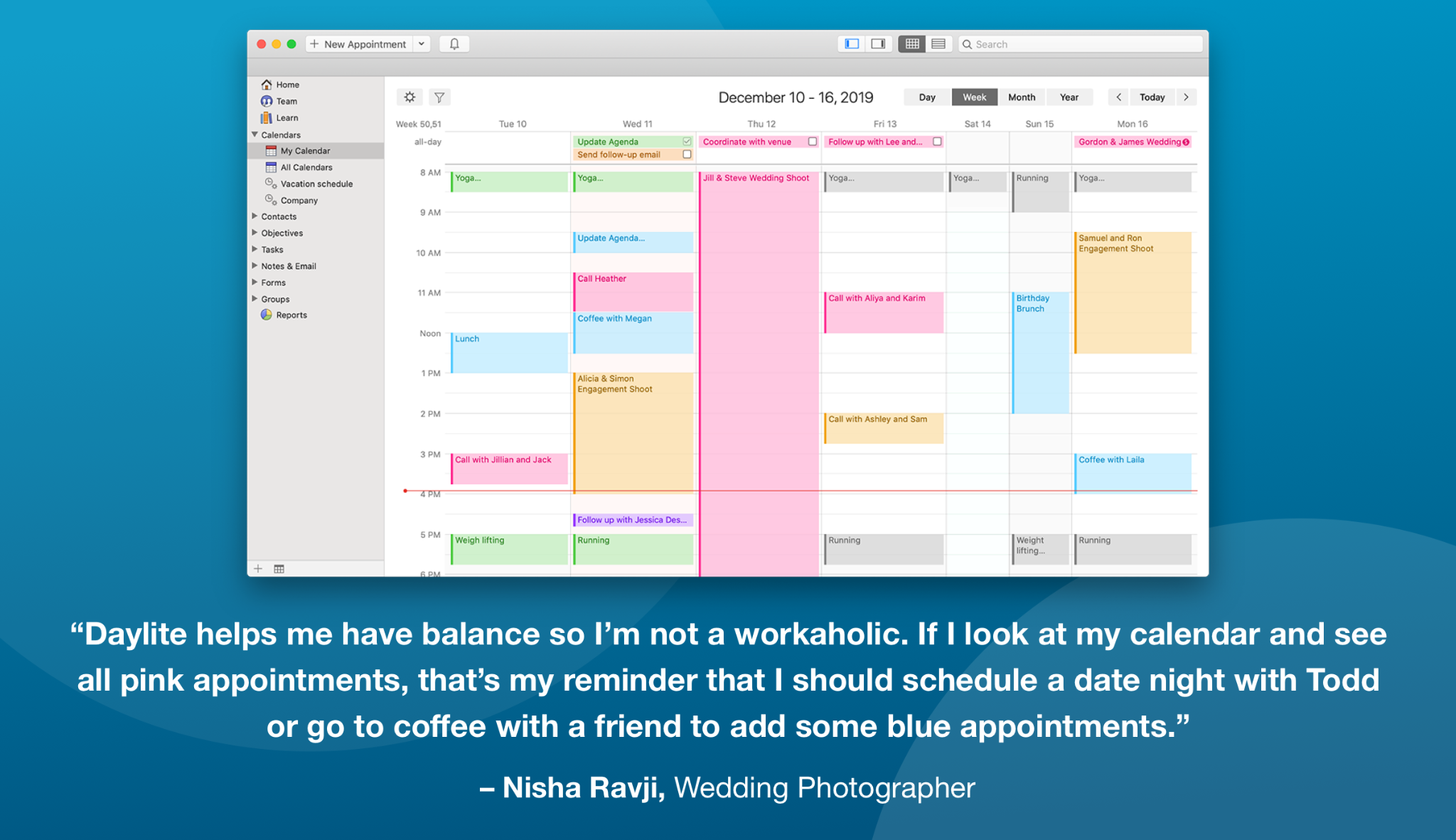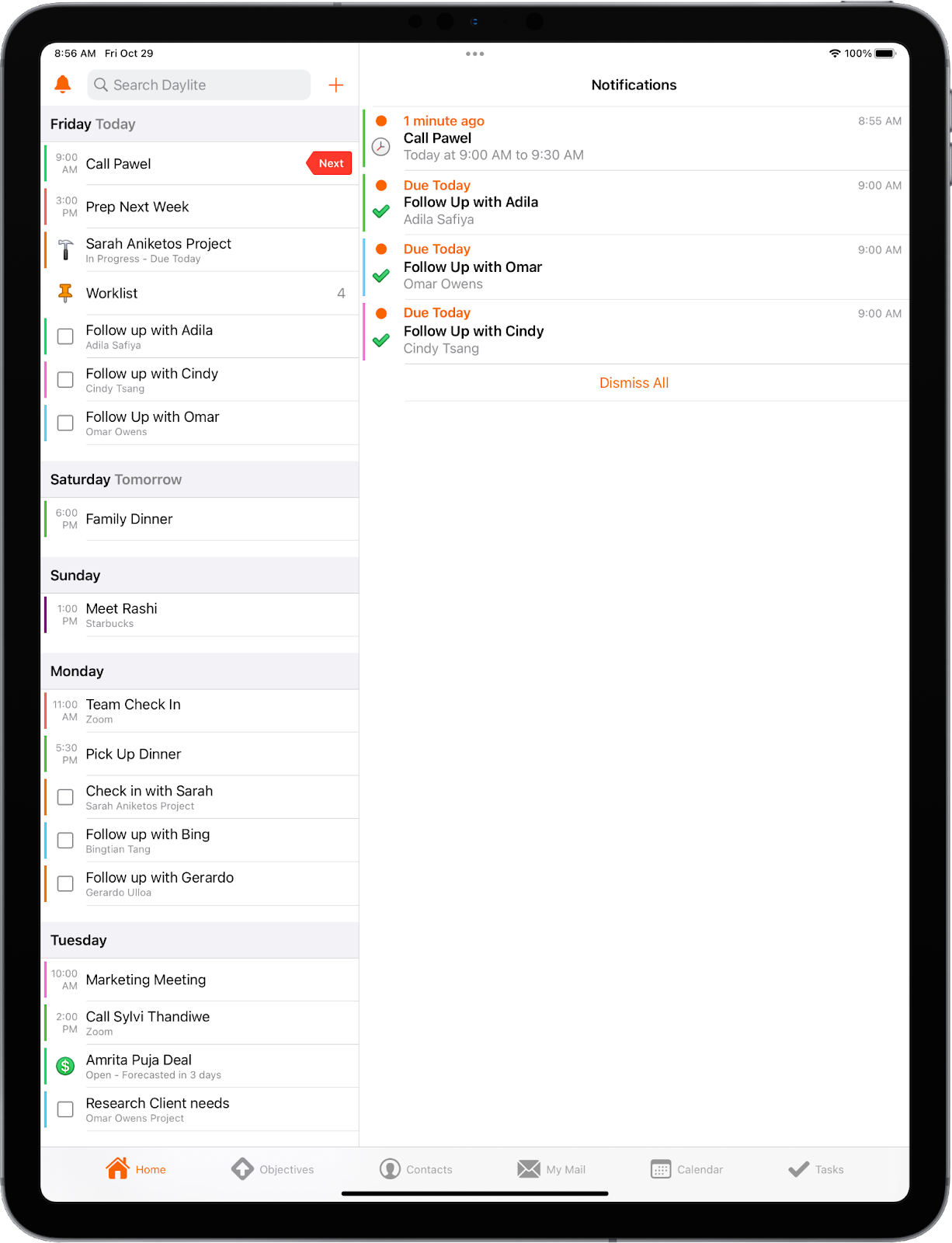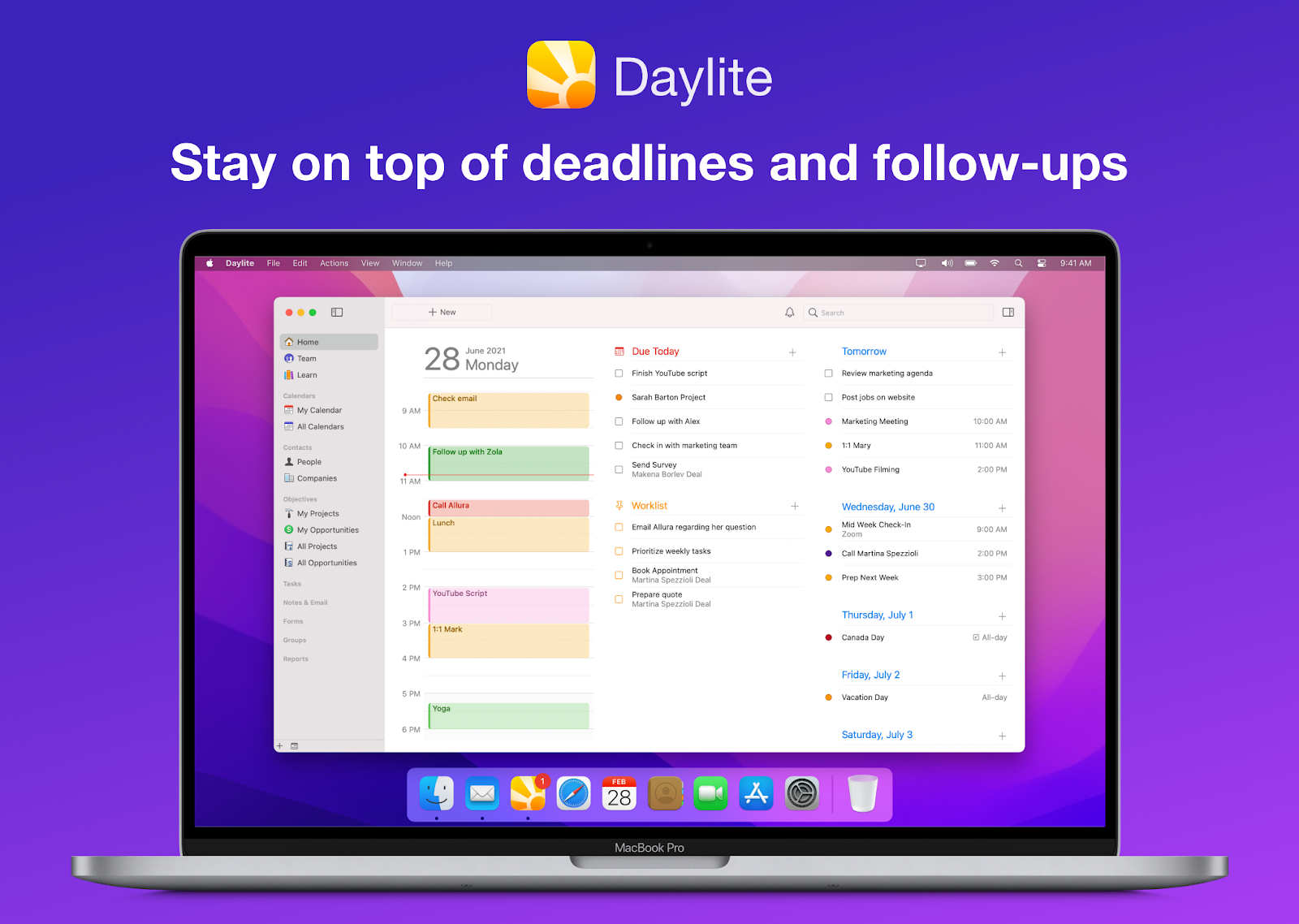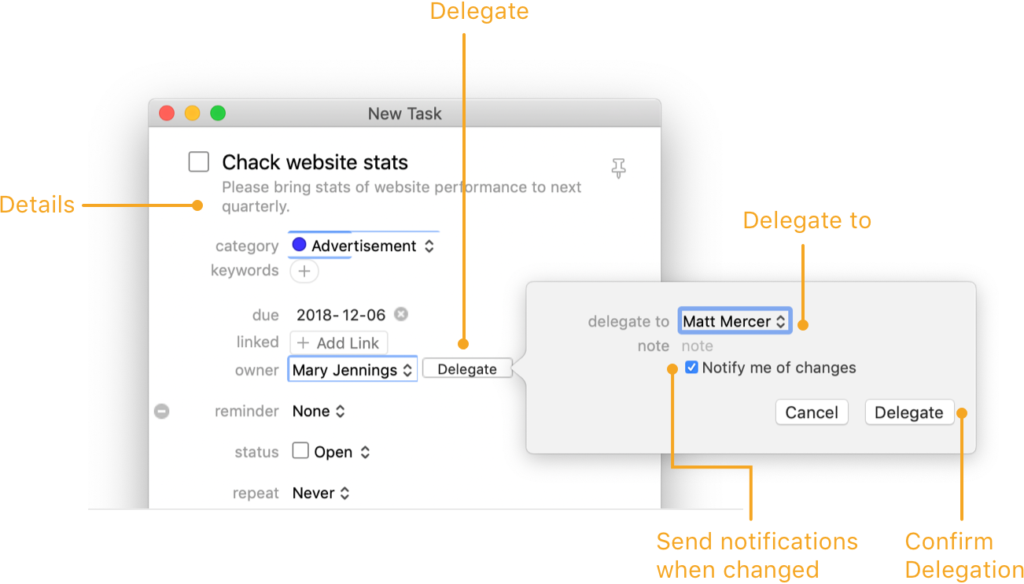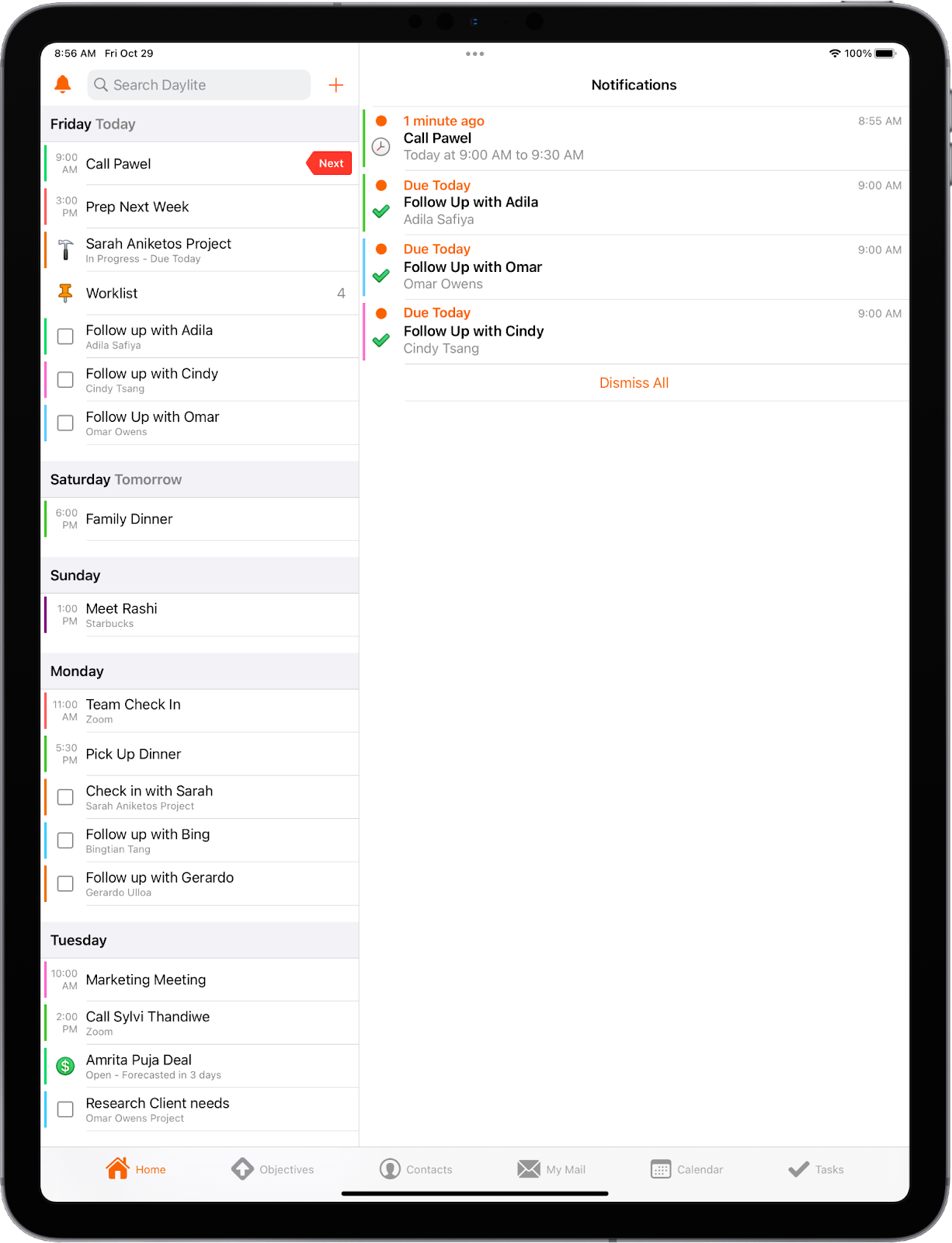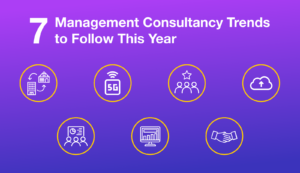Every year we make resolutions that will hopefully lead to us becoming more productive and getting more out of our time. This could be going to the gym more often or setting a daily schedule. Changing our habits can be hard, though.
Wellness is also one of the most important aspects of any successful business, so whether you are an employee or a business owner, keeping to your resolutions and setting the right ones could also lead to a happier and more productive workspace.
Any life change takes time and patience, and often the process of becoming more productive will involve you making changes that cross over into every area of your life.
To help get you started in your quest, we’ve compiled seven tips to help you keep up with all of the resolutions you made this year.
Let’s take a look at them.
#1 Break down your goals into monthly targets
Whether you have a resolution or multiple resolutions, breaking down goals, particularly big ones, can make them easier to achieve. An easy way to do this is to set monthly targets and then track your progress as the month progresses.
For example, let’s say your resolution this year is to run a marathon, and you’ve decided to give yourself a year to train. For your first month’s training, you might set yourself a goal of being able to run 5 miles by the end of the first month, and you’ve decided you’ll train five times a week to reach this goal. Each time you train, you can note down how far you’ve run and the time the run took to complete and track your progress week by week to see if you’re improving or on target to meet your goal.
Having clear, achievable targets that build upon one another towards achieving a big goal is a far more sensible approach than not having a plan in place when you’re looking to accomplish a certain goal.
If you have multiple goals you’re looking to achieve during a month, you could also keep a planner to keep track of multiple goals at once. For example, you could divide multiple goals into categories such as:
- Professional goals (Eg: Have x number of meetings with prospective clients)
- Personal goals (Eg: Meditate every morning for 15 minutes)
- Exercise goals (Eg: Take up a new group class to motivate yourself more)
- Nutrition/diet goals
- Financial goals
#2 Plan out your day effectively
While it’s all well and good setting monthly targets, to really start seeing results with your resolutions, nothing beats having a solid daily routine.
There are quite a few ways to plan your day, but the most simple is to purchase a planner with time slots so you can easily plan your day based on the times you’ll carry out your daily activities.
I like using a digital planner to get a bird’s eye view of my day. You can use Daylite to schedule your different appointments for the day, work-related and personal.
For example, a sample day plan could look something like this:
- 7 am – 7:45 am: Wake up, shower, get dressed, get some breakfast
- 8 am – 8:30 am: Check your email for the day
- 8:30 am: Leave for work
- 9 am – 5 pm: Work
- 5:15 pm – 5:45 pm: Drive home
- 6 pm – 7 pm: Practice running for the marathon
- 7:30 pm – 8 pm: Dinner
- 8 pm – 10 pm: Spend time listening to a podcast or going through an online course
- 10:30 pm: Go to bed
If you use Daylite, it will look something like this:
Your daily plan can be as detailed or as brief as you want it to be. The key idea with a daily plan is that it keeps you focused throughout the day and helps you be consistent to help you achieve your resolutions.
In addition to a daily plan, each night before you go to sleep, you could make a to-do list of the tasks you need to accomplish the next day and tick each task off when you complete it.
A to-do list can also be applied in a professional setting, no matter what industry you are part of. This is why making a to-do list of the work tasks you need to complete can help keep you organized and prioritize the right tasks for the moment.
I have also personally seen great success when I keep a list of what I need to focus on each day.
That means having a to-do list, taking notes throughout the day (during meetings, while you work on a client’s requests, etc.), and making sure you keep those notes/lists up to date.
Having a summarized list of what you need to be focusing on and having all of the information you need in the right place can really move your resolutions forward.
You can also use Daylite to keep track of your tasks and use Worklist to focus on tasks that you need to prioritize:
#3 Stop multitasking
While most of us like to think we can multitask effectively and juggle more than one thing at once, not many of us can.
Multitasking is one of those long-established habits that we tend to fall back on, particularly if you set multiple resolutions and looking to save time, but often multitasking simply means switching between tasks and not achieving any of them efficiently.
Studies back up these assertions; according to Earl Miller, a neuroscientist, multitasking can cause mistakes and disrupt productivity: “It (multitasking) ruins productivity, causes mistakes and impedes creative thought.”
Another neuroscientist Daniel Levitin states that “Multitasking creates a dopamine-addiction feedback loop, effectively rewarding the brain for losing focus and constantly searching for external stimulation.” In other words, multitasking actually trains part of our brain to lose focus and get distracted more easily.
So next time you find yourself trying to multitask, remember these quotes and do your best to remove distractions and focus on one task at a time. You could consider using the Daylite Worklist to help you focus on your current priorities.
#4 Work in short bursts and adopt the Pomodoro technique
It’s easy to get caught up in work and over-exert yourself. While there’s nothing wrong with working hard, overworking or working for extended hours can actually be detrimental.
Instead of working in long intervals, working in short bursts can actually be more effective and reach your goals faster. Working in short intervals involves focusing entirely on a specific job or task with no distractions or interruptions for a short period of time, followed by a period of rest. This technique has been popularised as the Pomodoro Technique, and the whole process looks like this:
- Step one: Pick a task you want to complete.
- Step two: Set a 25-minute timer.
- Step three: Work on the task until the time is up.
- Step four: Take a 5-minute break.
- Step five: Repeat the cycle three to four times and then take a longer 15-30 minute break.
Repeating the Pomodoro technique multiple times is an effective way to work for long periods without burning out. Giving yourself regular 5-minute breaks after a period of intense work improves your focus and trains your brain to associate the feeling of a reward after a short period of intense work.
Psychologically it’s much easier to get our brains used to repeated periods of short work rather than trying to mentally prepare ourselves for mentally gruelling sessions of work that can last hours.
#5 Maintain a clean, organized workspace
Whether you work from an office or remotely, having a clean, tidy, organized workspace is key to productivity. In a cluttered, disorganized workspace, distraction can be an issue, particularly if you’re regularly losing track of important documents or equipment.
A Princeton University study found that clutter or excess stuff can make it harder for people to focus on particular tasks. The researchers found that the visual cortex in the brain can easily become overwhelmed when too many task-irrelevant objects are present, which made it difficult for study participants to adequately allocate their attention and complete the tasks they were set.
The results from this study give weight to the idea that having a clean, distraction-free workspace is key to completing tasks effectively. So, if the palace that you work at is cluttered or untidy, spend some time decluttering it and see if it improves your ability to focus and complete tasks more productively.
#6 Delegate tasks to improve your time management
Delegating mundane, routine tasks can be a great way of freeing up time that could be spent on more important tasks. If your resolution is work-related, for example, busy professionals typically spend a lot of their time sourcing clients and responding to emails alongside carrying out their work.
To reduce their workload, they could delegate work to their team members. This could include jobs such as creating the weekly newsletter, managing marketing campaigns, or managing sales funnels which would allow them to spend more time on higher-value tasks.
Here is an example of how to use Daylite to manage your tasks and delegate them when necessary:
Besides delegating tasks, another good way of organizing your time is, writing down everything you do in a normal day can be a productive exercise to undertake if you’re looking to manage your time better.
To do this, list out every major task that you complete during a day and ask yourself a set of questions:
- What would I like to do more of with my time?
- Which tasks take up more time than they should?
- What tasks do I look forward to the most throughout my day?
- Which tasks do I put off or procrastinate about without derailing my resolutions?
- Is my schedule/daily plan optimized?
- Which tasks help me reach my goals faster?
Try and be as honest as you can with your answers; you may be surprised by what you come up with.
Identifying activities and tasks that are eating up your time can help you boost your productivity, just as much as planning your day or keeping a schedule, and you will be more likely to keep your resolutions.
In Daylite, you can see a list of delegated tasks by you, and if you have multiple team members, you can even further filter down to specific team members, so you always have feasibility on the task status:
#7 Stay healthy and be positive
Taking care of your health will improve every aspect of your life; improving your diet, getting enough sleep, exercising regularly, and focusing on positive thinking (possibly through apps like Calm or Headspace) will certainly make you more productive.
Eating healthily and getting enough sleep, in particular, will help make sure you are always at your best. Eating well increases your energy and alertness while sleeping well will improve your concentration and focus.
When you feel more energetic and alert, it’s much easier to stay focused on the tasks you’re trying to complete, and you’ll also find yourself managing your time better.
If you are the boss of your firm or company, consider being the positive change you wish to see in your employees. This could be as simple as recognizing your employees with small gifts or giving them a shout-out on your socials. Allen Law Firm did this on their Facebook page with a ‘New Year 2022 message’. It is also a great way to showcase the human side of your organization, especially if the resolution requires a whole team to make it happen.
Wrapping it up
Hopefully, these tips allow you to make the yearly process of setting resolutions successful. Remember that this is a process, and nothing of value happens overnight. So, in the process of keeping resolutions or making new ones, remember to not be too hard on yourself.
Remember to stay patient when you’re trying to make a change; research suggests that it takes around 66 days for a new habit to become automatic, so stay patient, stay consistent and enjoy the newfound benefits of adopting habits that’ll make 2022 your most productive year yet!
About the author: Freya Laskowski is a personal finance expert and founder of the CollectingCents website that teaches readers how to grow their passive income, save money, improve their credit score, and manage debt. She has been featured in publications like Business Insider, Fox Business, the Huffington Post, and GoBankingRates. Make sure to follow her on Twitter or reach out via email at freya@collectingcents.com.

